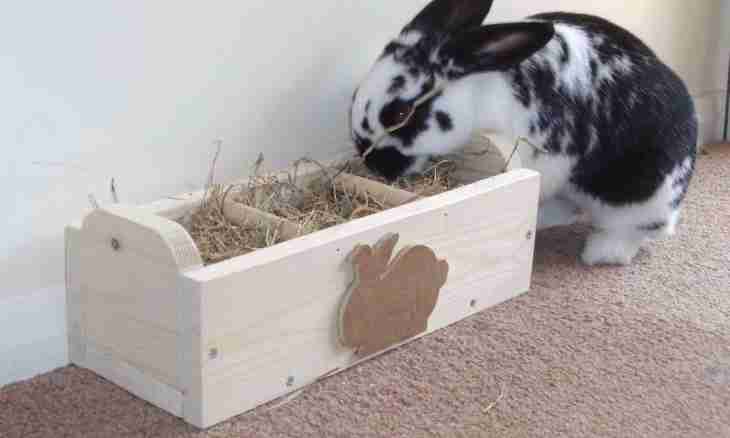To make a feeding trough for a feeder, at first decide that you will use for its weighting. Lead is generally for this purpose used. And it it is possible to melt or use self-adhesive small weights for balancing of disks. The second option is simpler – on small weights the weight is already specified. And if to pour lead, you will need a small wooden blank for casting of lead strips.
It is required to you
- Except lead, you need a plastic bottle with a capacity of 1.5 l, the stapler office, ordinary scissors, a ruler, a piece of a strong wire, the soldering iron and also a felt-tip pen.
Instruction
1. If you decided to melt lead, take care of an air extract and also of safety for eyes and skin as the melted lead can be sprayed.
2. What with a wooden blank? Take any board and choose as a chisel deepening, suitable for lead casting. Choose length and width on the discretion, however 15 cm, width – 10 cm and depth – 2-3 mm will be optimum length. Why it is worth choosing a tree? Yes because when casting lead in such preparation it is never sprayed and rather easily taken out from it.
3. Having cast a strip, weigh it and define what its weight is the share of width of each centimeter of a surface of a plate. And now, according to its weight, cut a plate on strips 10 cm long. You can mark as it is necessary for you as lead is rather soft. It is rather simple to nakernit or protsarapat figure slightly. If the plate turned out too thick, just flatten out it the hammer.
4. Now take a plastic bottle, cut off from it from the middle a wide strip and mark it on narrower strips for preparation of a basis of your feeding trough. Displace these strips rings and fasten the combined edges with the stapler. Twist an eyelet from a wire and impose a lead plate on preparation, on the one hand having fixed.
5. Now burn the soldering iron or puncture with an opening puncher at the heart of a feeding trough. If you use the soldering iron, smooth a finger the place of a prozhig. Roughnesses at the same time will be pressed inside therefore the forage will keep more strong.
6. Such feeding trough has good buoyancy that helps it to avoid hooks for brows and also to lift fish to a water surface quicker.

